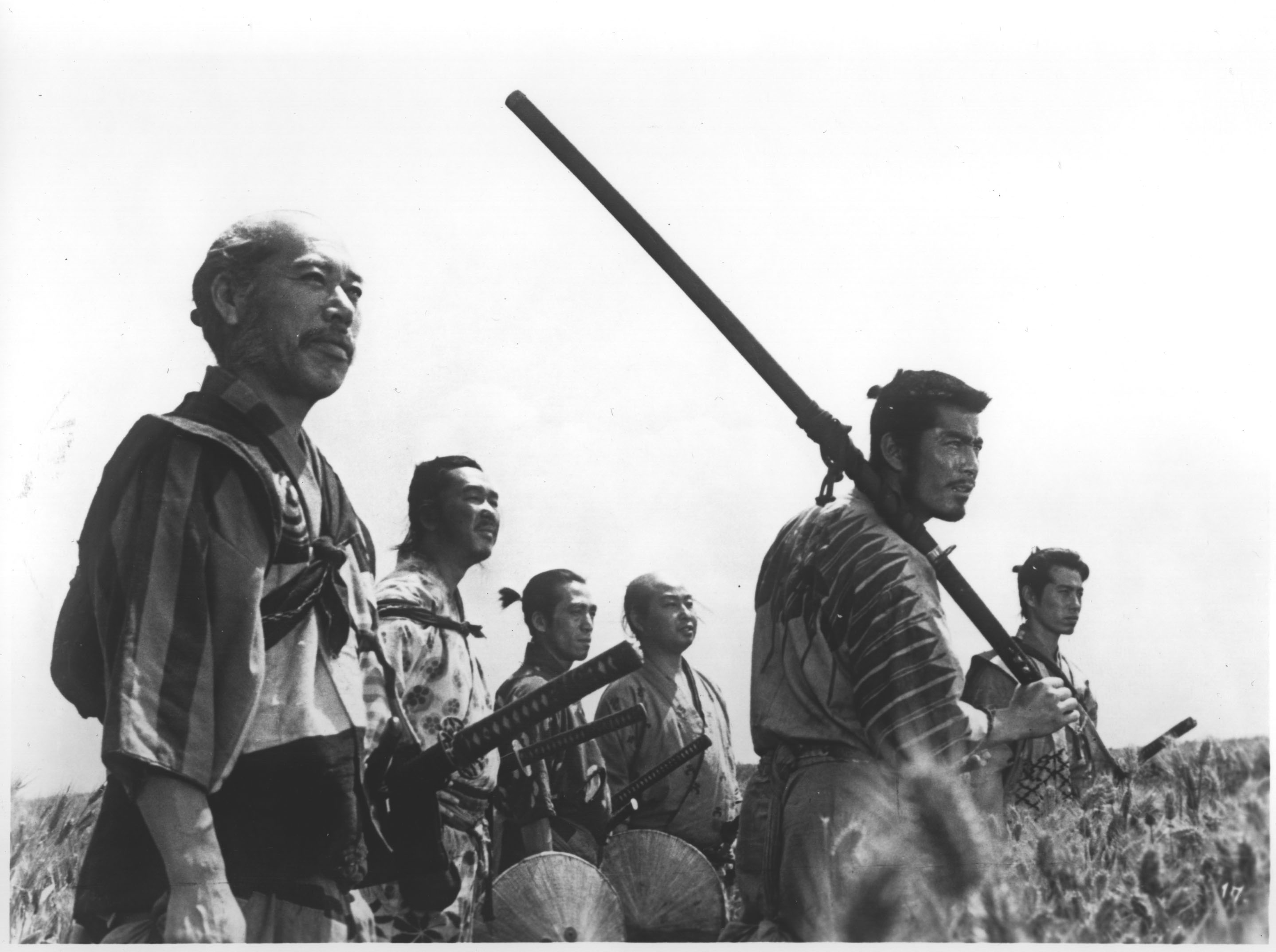|
|
|
A D V E R T I S E M E N T
| Sensei of the cinema Kurosawa retrospective brings acclaimed films to Los Angeles
DAILY BRUIN SENIOR STAFF hho@media.ucla.edu For three months last summer, even East Coast humidity couldn't stop New Yorkers from consistently forming lines trying to get into a sold-out movie theater. No, it wasn't the new "Star Wars" or "Austin Powers." It was a retrospective of 11 films made by Japanese director Akira Kurosawa and Japanese actor Toshiro Mifune. The film series will come to Los Angeles for three weeks at Landmark's Nuart Theater starting Friday. "There is a hunger and a need for these great movies," said Linda Hoaglund, who did new subtitle translations for six of the films to be screened including "Seven Samurai." Voted by 144 international critics to be one of the top 10 films of all time in Sight and Sound magazine, "Seven Samurai" is considered Kurosawa's greatest film and will have an entire week of screenings on its own. Hoaglund subtitled the new 35 mm print of the great film. "To get to have the last word on 'Seven Samurai,' how exciting," Hoaglund said with a giddy laugh. The film, which was remade in Hollywood as "The Magnificent Seven" and has influenced recent films such as "A Bug's Life," tells how a town enlists seven samurai to defend itself against pillagers. While it is known for its well-staged action sequence in the rain, Kurosawa also spends time on character. "The reason why that film works so well is that it combines the visual spectacle of action with tremendous attention to the development of the characters," said East Asian languages and cultures professor Seiji Lippit, who teaches a course on Japanese cinema. "The first third of the film sets up different personalities and characters."
"The samurai tends toward elegant brevity while the peasants tend toward very visceral, earthly gutsiness and great deference in the presence of samurai," said Hoaglund, whose recent work also includes the subtitles and translation for the Disney release of Hayao Miyazaki's "Spirited Away." The comic relief of the film is Toshiro Mifune, who worked with Kurosawa on 16 films including the Oscar-winning "Rashomon," "Throne of Blood," and "Yojimbo." Mifune often played more lively characters, and his role in "Samurai" is no exception. "The one maverick is Mifune, the samurai wannabe, who has his own wacky language," Hoaglund said. "That's the one place I let myself play (with the subtitles). I would do anything to milk his comedy. "The Mifune role is incredibly important, because the audience has to laugh as much as it can before the movie gets into that relatively grim third act of all that fighting and mud," Hoaglund added. While making epic films, Kurosawa infused them with a social conscience and often made his period pictures allegories for modern times. "The Bad Sleep Well" deals with governmental corruption and was released amid a government liquidation of leftists in Japan by the prime minister. "Rashomon" is famous for telling the same story through four very different perspectives, demonstrating the elusiveness of truth. "'Rashomon' is ... about the immediate post-World War II era period, the total collapse of society, even though it's set in ancient Japan," Lippit said. "It's about attempts to create or invent a meaningful social reality." Kurosawa's identity is equally mysterious. He was influenced by Western art, including the films of John Ford and Shakespeare's plays, which he often re-envisioned for Japanese audiences. But in Japan, Kurosawa is not as revered for his films as he is in the West, according to Lippit. Yet in the United States, he influenced later filmmakers, such as George Lucas (who has said "Star Wars" was based on Kurosawa's "Hidden Fortress"), Steven Spielberg and Francis Ford Coppola. However, Kurosawa is not the violence-happy director his influence has helped create. "One thing that does run throughout Kurosawa's films is a strong current of humanism and the belief in the goodness of humanity," Lippit said. The Nuart Theater is located by Santa Monica Boulevard and the 405 Freeway. The "Kurosawa/Mifune" series starts Friday and ends Dec. 19. Call (310) 478-6379 for more info.
|
| Printable Version |
| Click here for a printable version of this article. |
| Contact Us |
| Email Arts &
Entertainment at ae@ media.ucla.edu for questions or concerns about this article. |
| |||

